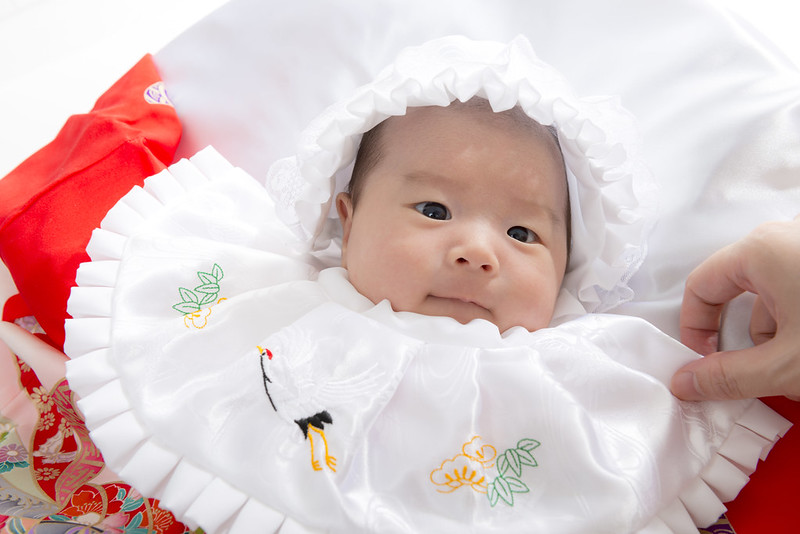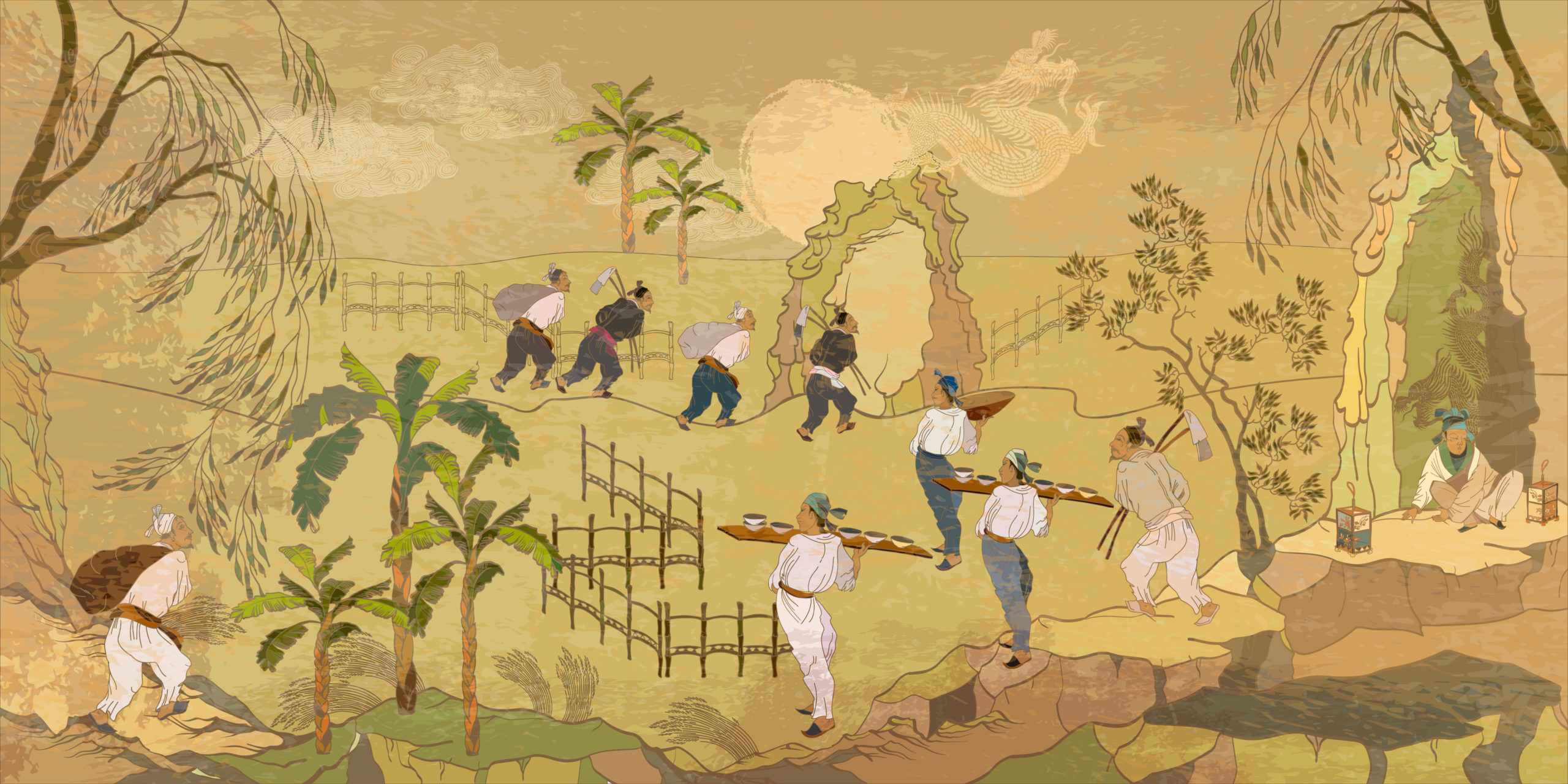
How Japanese Parents Name their Children
Naming a child can be fun and also a challenge depending on your considerations. In Japan, most of the people are named with kanji. “Kanji” is the Japanese for the Chinese hanzi characters that Japan has adopted as part of its modern writing system.
The Japanese Ministry of Justice governs the rules in using kanji names in Japan. As of January 2015, 843 “name kanji” (jinmeiyō kanji) and 2,136 “commonly used characters” (jōyō kanji) are permitted for use in personal names.
What’s in a name?
When Japanese parents typically had several children, it was common practice to name males by numbers suffixed with rō (郎, “son”). The firstborn son would be named “Ichirō”, the second “Jirō”, and so on. Females would often be named with ko (子, “child”) at the end of the given name. Both practices however are less common nowadays.
Japanese names (Nihonjin no Shimei, Nihonjin no Seimei, Nihonjin no Namae) in modern times consist of a surname first, followed by a given name. Parents also have the option to use hiragana or katakana when naming their children. These tend to be phonetic and are visually lacking meaning compared to kanji. Japanese surnames are used depending on the regions and are relatively consistent to the rules. Shimabukuro (島袋), Higa (比嘉) and Chinen (知念) are common in Okinawa but not in other parts of the country mainly because of the differences in language and culture of the Okinawans. Given names are more varied in pronunciation and character usage. Many of the Japanese family names are derived from features of the rural landscape such as Yamamoto (山本) means “the base of the mountain” or Ishikawa (石川) means “river of the stones”.
Some Japanese naming conventions
- The rules applied by the Japanese government on which kanji are permitted to be used in names as a way to make sure that those literate in Japanese can easily read and write them.
- It is not common to put a space between a surname and given name when written in Japanese characters and more so when written vertically.
- Japanese surnames, “myouji” or “ue no namae” are inherited from the father and always come before the given name.
- The given name(“shita no namae”) is chosen at birth.
- It is uncommon for Japanese to have a middle name.
- Japanese law requires married spouses to have the same surname.
- While Japanese names are usually written in kanji script, some given names may also be written in the phonetic syllabary of hiragana or katakana. Women’s given names are more commonly written in hiragana than those of men.


